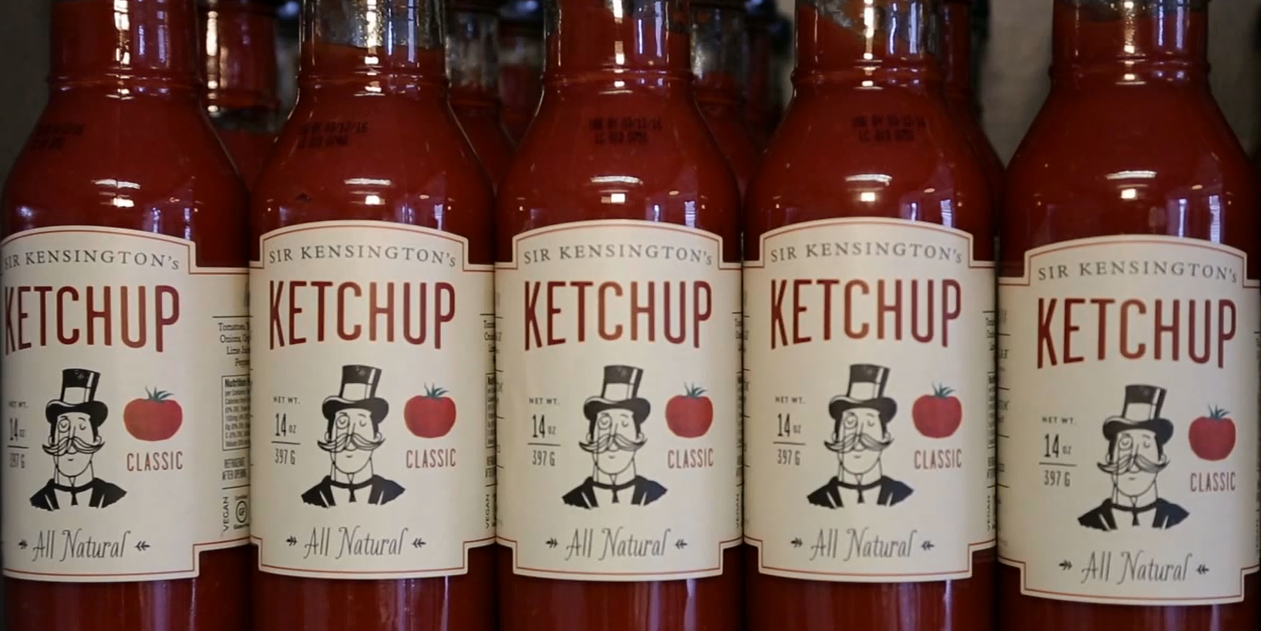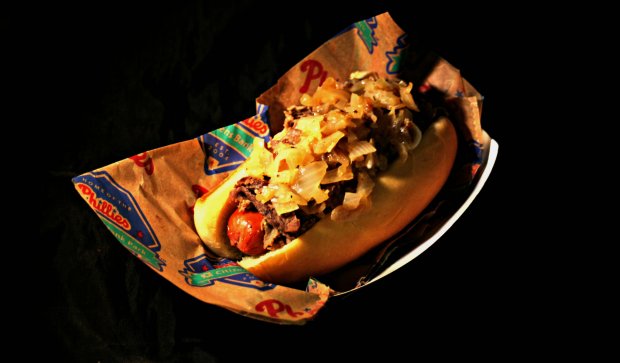In New Orleans, there are all kinds of nightspots serving good stiff drinks. The next morning, though, you may find yourself in dire need of something else, like strong coffee and belly-soothing eats. Acclaimed NOLA chef Alon Shaya introduced me to his favorite local spot for just such an occasion, Pagoda Cafe: a funky looking Asian-styled building […]
9 January, 2018
shotty









